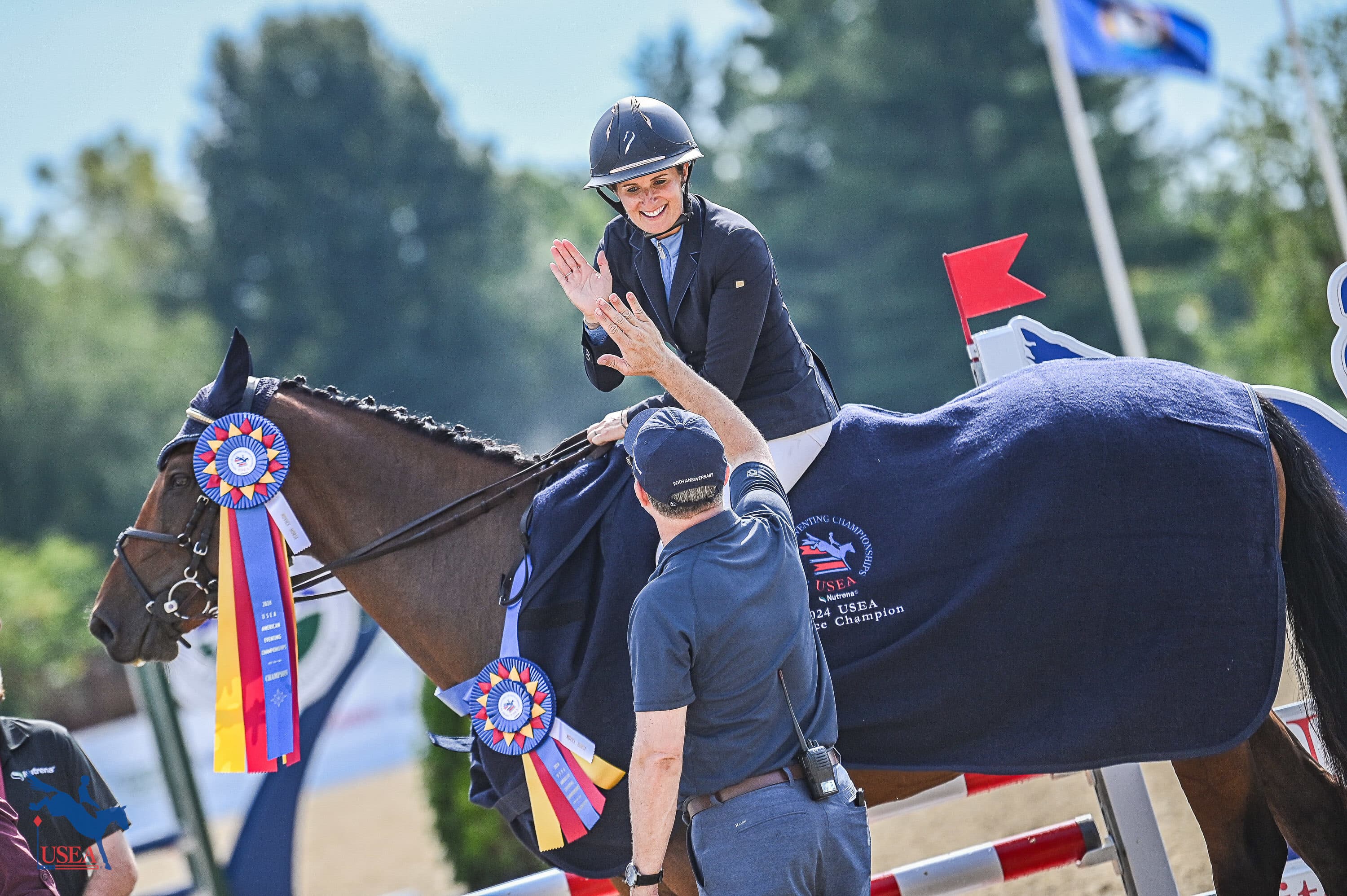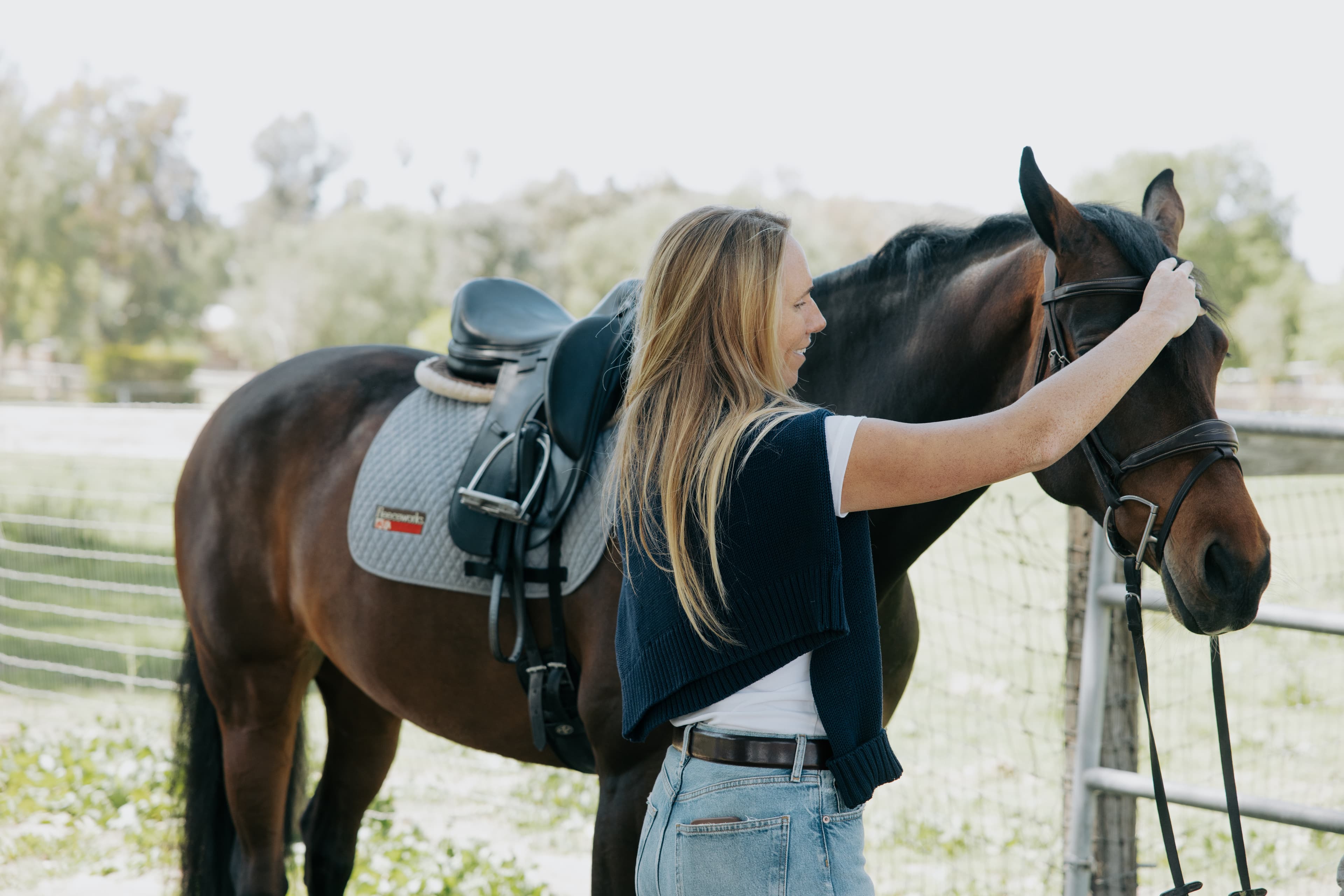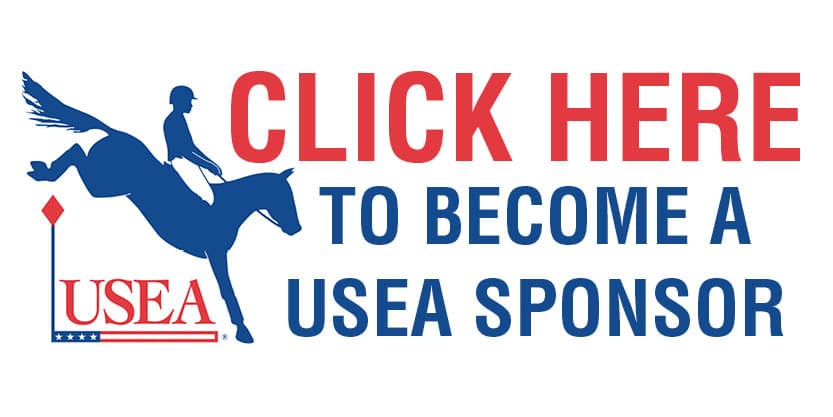Rule Refresher: Breaking Ties

Ties in the sport of eventing happen more often than you might think. But what happens when two competitors end their weekend on the exact same score? This month's Rule Refresher takes a look into the regulations behind breaking ties, as outlined by the USEF Rules for Eventing. So let's take a look!
Text has been taken directly from the USEF Rules for Eventing with emphasis added by the USEA.
EV106 Breaking Ties
1. In the event of a tie between any two (2) or more Athletes for Horse Trials (EV117.5) and Classic ThreeDay Events (EV151.2b), the individual classification is decided by:
- The lowest Cross-Country score including penalties for faults at Obstacles, time penalties, and any
other penalty incurred. - If there is still a tie, the classification is decided in favor of the Athlete whose Cross-Country time
was closest to the Optimum Time. - If there is still a tie, the classification is decided in favor of the Athlete with the lowest Show
Jumping score including time and Obstacle penalties. - If there is still a tie, the classification will be decided in favor of the Athlete with the highest
collective marks in the Dressage phase. - If there is still a tie, the tie will remain in the final classification.
2. In the event of a tie between any two (2) or more teams, the winning team will be that whose third placed
Athlete has the lowest score.
So let's break this down a bit more with a few scenarios!
Scenario 1: Rider A and Rider B both finish on a 24.6 in their Open Novice Division at a horse trial. The judges would first look to see if both riders incurred any penalties on cross-country and the rider who did not, would be deemed the winner. In this example, Ride A had a double-clear cross-country time while Rider B incurred a few time penalties for being too slow on cross-country, which would result in Rider A being deemed the division winner.
Scenario 2: Let's say in the previous example, however, that both Rider A and Rider B were double-clear on cross-country. From there, the judges would look to see which rider was closer to Optimum Time and this rider would be the winner!
Scenario 3: If both Rider A and Rider B from our continuing example were spot-on when it came to Optimum Time, the judges would work their way down the list to the next criteria, which would be examining both rider's lowest show jumping score and time.
Want to catch up on past rule refreshers? Click here.














